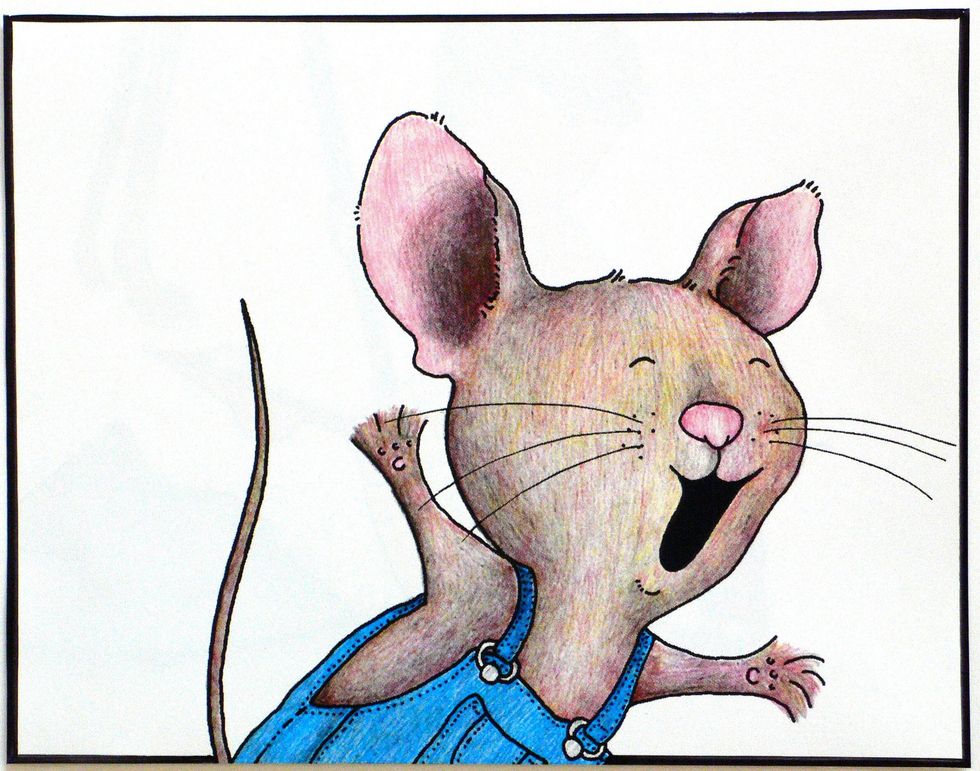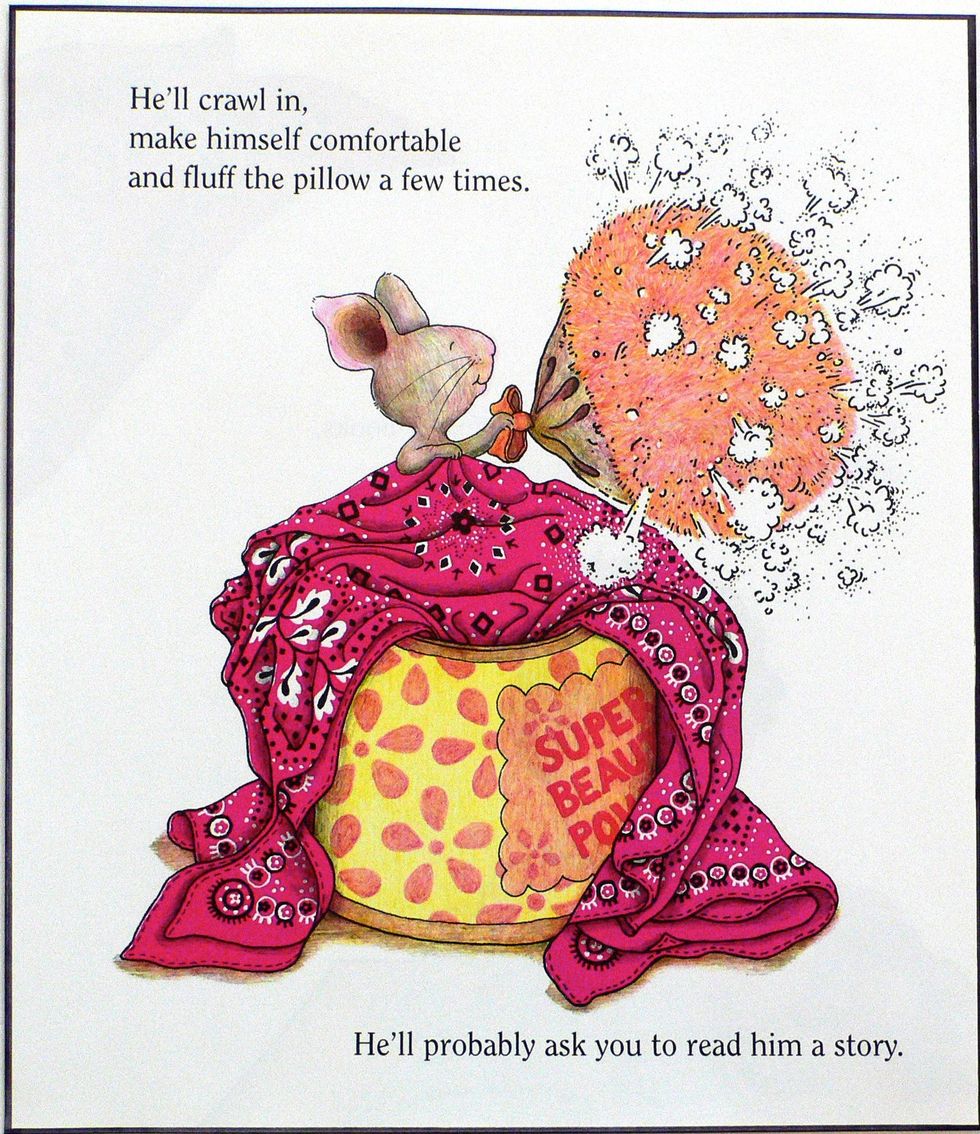The selfie may be described as a shameless way to take a picture, but when taken to the extreme, selfies support narcissistic behavior and create a dependence on "likes" when measuring self-worth.
The term "selfie" refers to a picture someone takes of himself or herself; the usage of this word skyrocketed 17,000 percent between 2012 and 2013 and accordingly became the 2013 word of the year (“Georgia”). The growing phenomenon of taking and posting selfies on social media, however, has led to the endorsement of narcissistic behavior, as well as the dependence of self-worth based on likes and comments. The selfie’s influence has moreover dramatically affected the way people gain attention and self-confidence in today’s culture.
The problem at hand is not the sole act of capturing a selfie, but does rest in the hand of its beholder. The destructiveness of the selfie, rather, is imposed the moment the picture is posted on social media for the public to scrutinize. A selfie posted on social media is a demand for others' attention—the words "notice me!" are written all over the image (especially when a girl awkwardly positions herself to make her chest look bigger). Furthermore, the zeitgeist of social media asserts that the comments and likes one gets on one's pictures directly correlate to one’s attractiveness, popularity, and worth. A study by the Georgia Institute of Technology has shown that images posted on social media with the presence of a human face receive 38 percent more likes and 32 percent more comments than pictures devoid of human faces. These facts show that people have the incentive to post selfies in order to get more comments and likes, thus boosting their self-esteem. Yet, the results are usually short lived; “the emotional boost we get from 'likes' is temporary” (Jumana 1). The fact that likes and comments only provide passing, immediate gratification—rather than long-term rewards—prompts some to incessantly post selfies in order to maintain constant reassurance of their own value (“There Is”). And, although most self-respecting, confident people would characteristically never reason in this manner, the selfie’s impact has coerced even the most confident people, such as stars like Kim Kardashian (who has actually published a selfie book titled “Selfish”), to post selfies for personal satisfaction.
Similarly, as human beings, it is natural for people to compare themselves to others; if someone gets only 12 likes on their selfie, for example, but a friend of theirs receives 100, jealousy and self-depreciation will take over. On the flip side, however, the person who does receive 100 likes on their selfie will feel a sense of acceptance from others, as well as a victory over their friend who is clearly less popular due to the lower number of likes she received.
The posting of selfies is therefore not only representative of faltering self-esteem, but also a sign of vanity. For instance, imagine living with a person who spends multiple hours a day staring at himself or herself in the mirror; after about a day, you are bound to realize that your roommate is vain and self-absorbed. In a similar way, someone who posts selfies multiple times a day must really love the look of their face, considering how each picture looks exactly the same, other than the change of background scenery and the cliché song lyrics provided in the caption. If anything, the posting of selfies is actually worse than staring at oneself in the mirror for hours, since doing so publicly exposes one’s personal obsession and narcissism! The selfie is thus a way for people to draw attention to themselves and can easily be taken too far. (I will never forget the day I scrolled through my Facebook feed to notice that a long-time friend had posted a selfie with a shaven head. This girl had always tried to be in the spotlight, so it did not shock me that she did something that drastic for the attention of her Facebook friends.)
The issue of selfies being posted on social media is becoming even more problematic thanks to the invention of the selfie stick. Also referred to as the “wand of Narcissus,” this device allows one to take selfies with a range extended beyond the normal arm’s reach (“The Art”). Not only does this new device embrace the “need” to take selfies even more frequently than before, but it also encourages people to take group selfies with their peers in order to make themselves seem popular. Despite the claim that selfies foster self-expression, the posting of selfies is nothing more than an attempt to boost people’s egos and the attention they receive. Instead of being one of the millions of other people who try to gain a sense of self-worth by posting a selfie that will hopefully (but probably not) receive a mass of likes and comments, one should instead try to challenge the current system of social media by posting artistic, beautiful pictures of nature, architecture, events—anything but one’s face—to truly feel a sense of accomplishment in life.



















